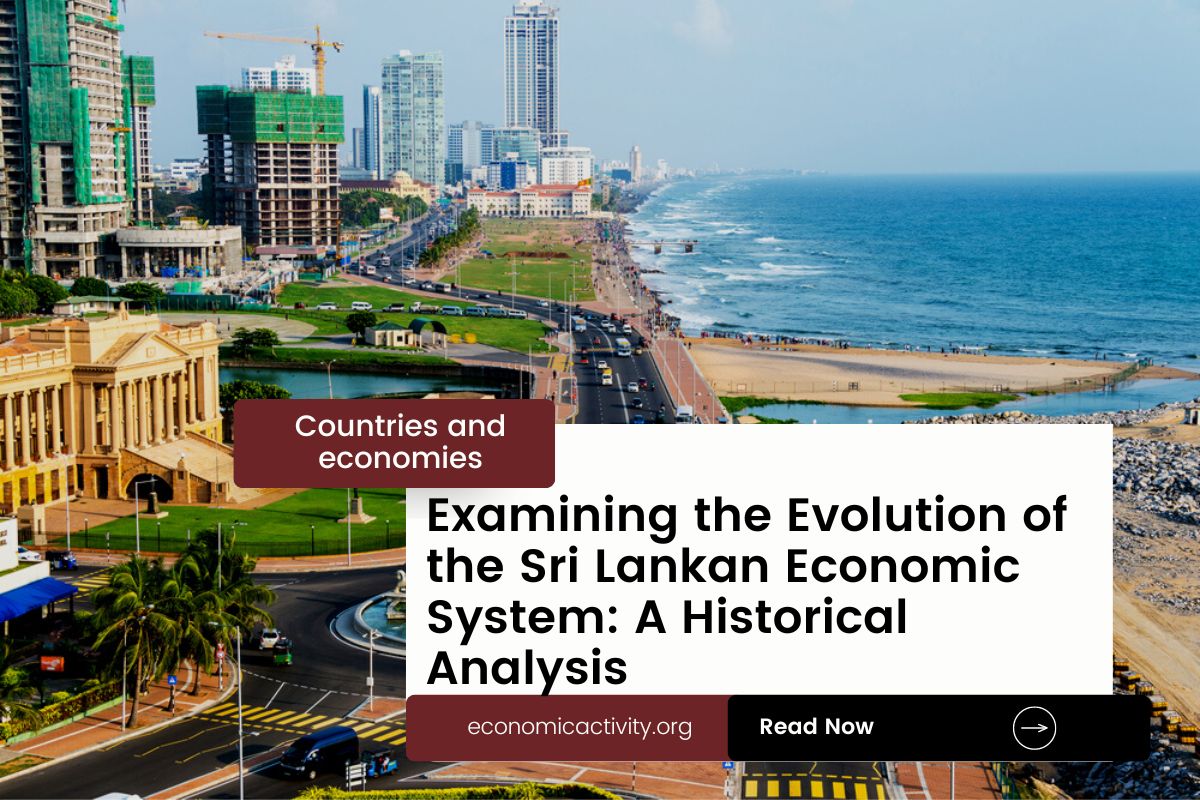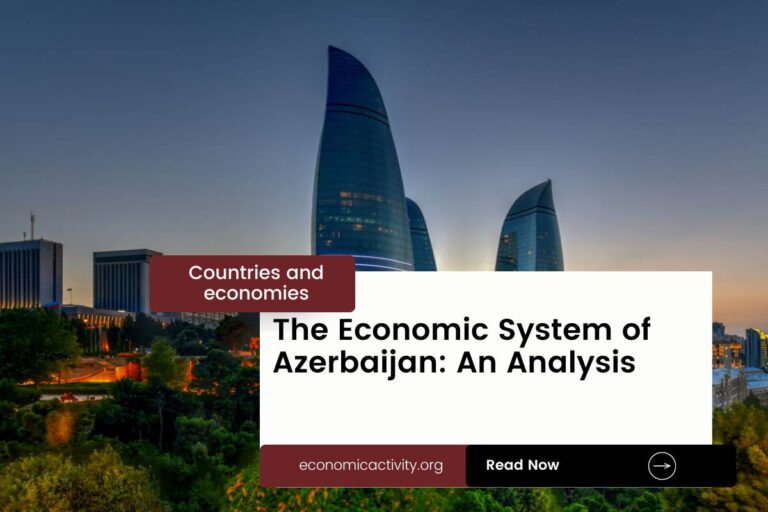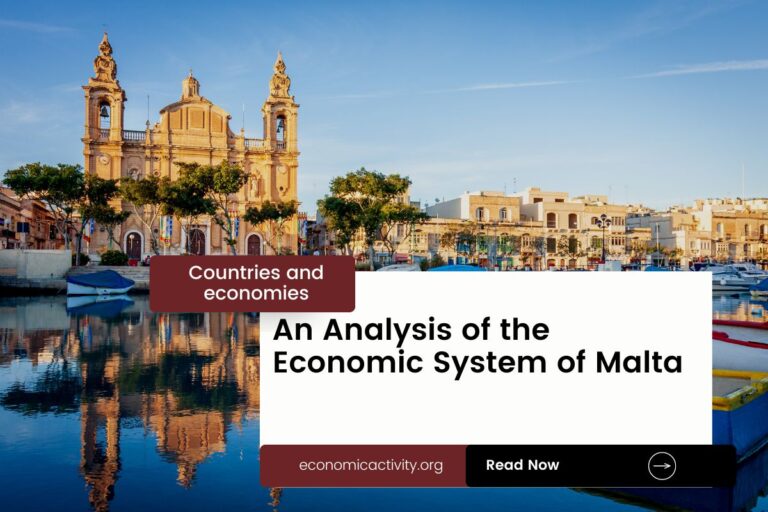What is the economic system of Sri Lanka? The economy of Sri Lanka is based on a mixed economy. The country’s economic system combines elements of a market economy and a planned economy.
Sri Lanka’s economy is primarily based on agriculture, manufacturing, and services. Key sectors include tea, apparel, tourism, and information technology. The country is known for its high-quality tea exports and is a popular tourist destination with its rich cultural heritage and scenic landscapes.
In Sri Lanka, the economy is composed of a private sector, consisting of individuals and businesses that make autonomous decisions based on self-interest, and a public sector, where the state determines the production and distribution of certain goods and services. No country is purely capitalist or purely communist.
What do the freedom indexes tell about the economic system of Sri Lanka?
Now, to determine if a country is mostly a market economy or a planned economy, it is useful to examine some economic indexes. For instance, according to the 2022 Index of Economic Freedom, which measures the ability of every human to control his own labor and property, Sri Lanka is ranked 132th globally and 28th in Asia-Pacific indicating that the country has a mostly unfree economy.
In a similar way, the 2022 Freedom House index evaluates the state of political rights and civil liberties globally. Generally, market economies tend to align more with democracy and freedom, while command economies tend to be characterized by greater state control and fewer democratic and civil liberty protections.
Sri Lanka gets a score of 55/100, which qualifies it as Partly Free. Sri Lanka is considered to have a government that does not control what people do, and people can make their own economic decisions. Still, it is only considered an electoral democracy, lacking full liberal democratic protections.
The Link Between Public Sector Employment and the Economic System of Sri Lanka
An indicator of the extent to which the State is involved in the economy is the number of public sector employees. In Sri Lanka, according to ILOSTAT, the number of public sector employees as a percentage of the total workforce is 14.8% (2019).
In the country’s mixed economy, the number of public sector employees as a percentage of the total workforce varies based on the specific policies and practices adopted by the State.
Some economic activities are left to the private sector while others are under government control. The bigger the public sector the closer the economy is to being a command economy.
What do the biggest companies in Sri Lanka say about the country’s economic system?
The biggest company in Sri Lanka should also be looked at, as well as whether it is a state-owned or private company. In this case, John Keels Holdings is a diversified conglomerate from Sri Lanka, offering services in hospitality, leisure, transportation, logistics, and more. The company is a publicly-traded company, meaning its ownership is distributed among individual and institutional shareholders. It shows how the biggest companies in the country are privately owned.
The historical factors that have influenced the economic system of Sri Lanka
The current mixed economy system of Sri Lanka is the result of the country’s colonial history, its post-independence economic policies, and its current economic and political environment.
Colonial rule saw the introduction of a plantation-based economy, while post-independence policies focused on import substitution and state-led industrialization. The current economic and political environment has seen a shift towards a more open economy, with increased foreign investment and trade liberalization.




Leave a Reply